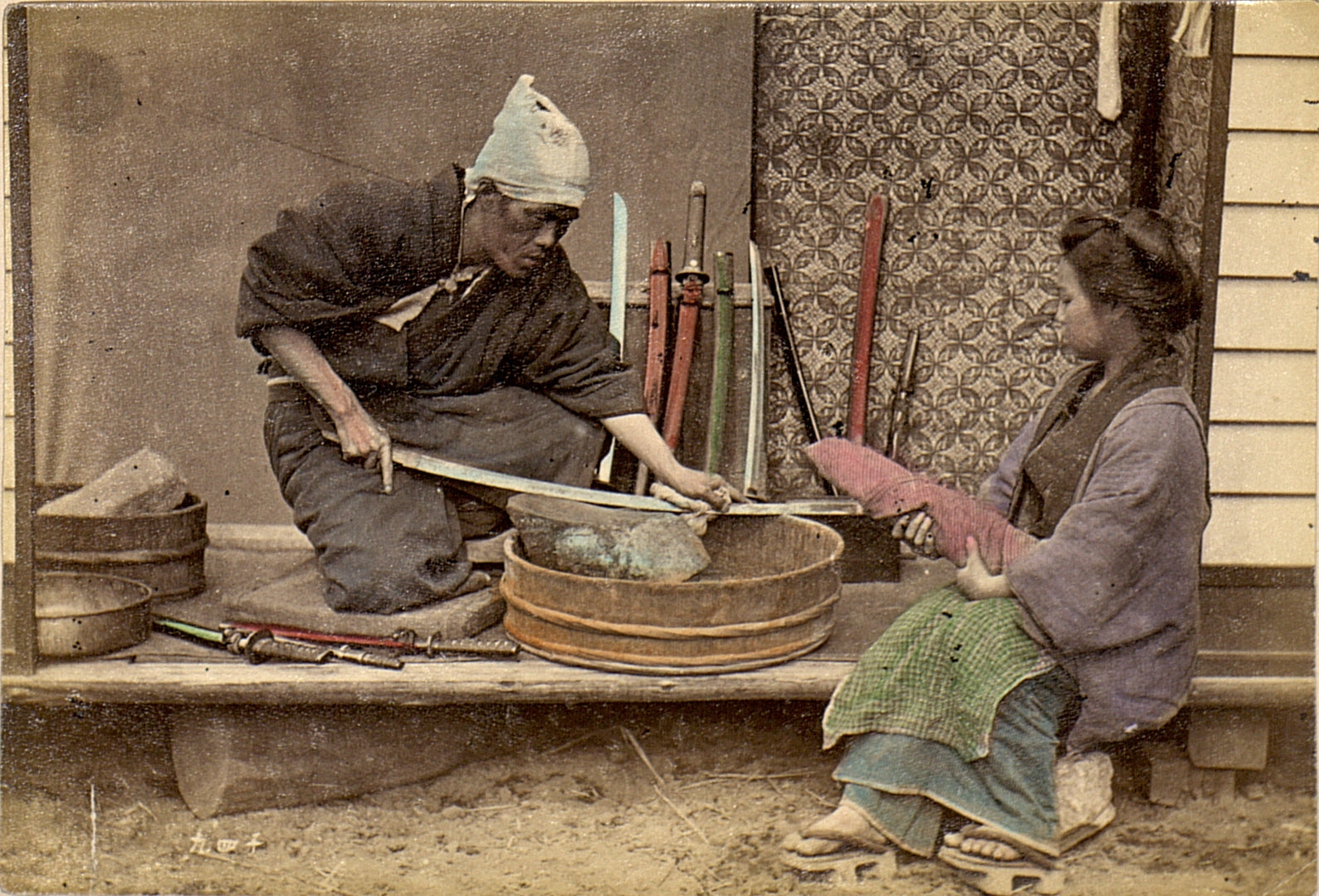Tu carrito está vacío


The koshigatana was a traditional Japanese sword produced during the region's feudal period. While not as popular as the katana, it played an important role in Japanese swordsmithing. Unfortunately, the koshigatana has been largely forgotten in time. In fact, many avid sword collectors and martial arts practitioners have never even heard of it before. So, what is the koshigatana exactly?
Overview of the Koshigatana
The koshigatana was invented sometime during Japan's Kamakura period (1185 to 1333). This classic sword featured a short blade with no handguard. A distinguishing feature of the koshigatana is the use of a special mounting style known as the aikuchi. Meaning "meeting mouth," the aikuchi is found at the junction of the scabbard and hilt. It was used almost exclusively in the koshigatana, allowing for easier identification of this traditional Japanese sword.
Usage of the Koshigatana
The koshigatana was used primarily by samurai warriors as a weapon. However, it wasn't a primary weapon but, rather, a secondary, backup weapon. It wasn't uncommon for samurai warriors in feudal Japan to carry two weapons: a primary sword and a smaller companion sword. In fact, there was even a word used to describe the act of carrying a large sword and a smaller companion sword: daisho.
The koshigatana featured a similar design as the Japanese tachi. While different swordsmiths used different techniques, most featured a single-edged, curved blade, with samurai warriors wearing them with the cutting edge facing down around their waist. This is in stark contrast to the katana, which was worn with the cutting edge facing up. Additionally, the koshigatana featured a smaller, shorter blade than both the tachi and the katana.
With its smaller design, the koshigatana was easier to carry and conceal. Normally, however, it was only used in close-combat scenarios when using the samurai warrior's larger primary sword wasn't practical.
How the Koshigatana Influenced Japanese Swordsmithing
The koshigatana influenced Japanese swordsmithing in several ways. First, it reinforced the need for a companion sword. This is because the koshigatana was one of the first swords to be carried in conjunction with a larger sword. Second, the koshigatana allowed swordsmiths to perfect the use of the aikuchi mounting style. Finally, the koshigatana heavily influenced the overall design of the tachi, which would become one of the most popular types of traditional Japanese swords, surpassed only by the katana.